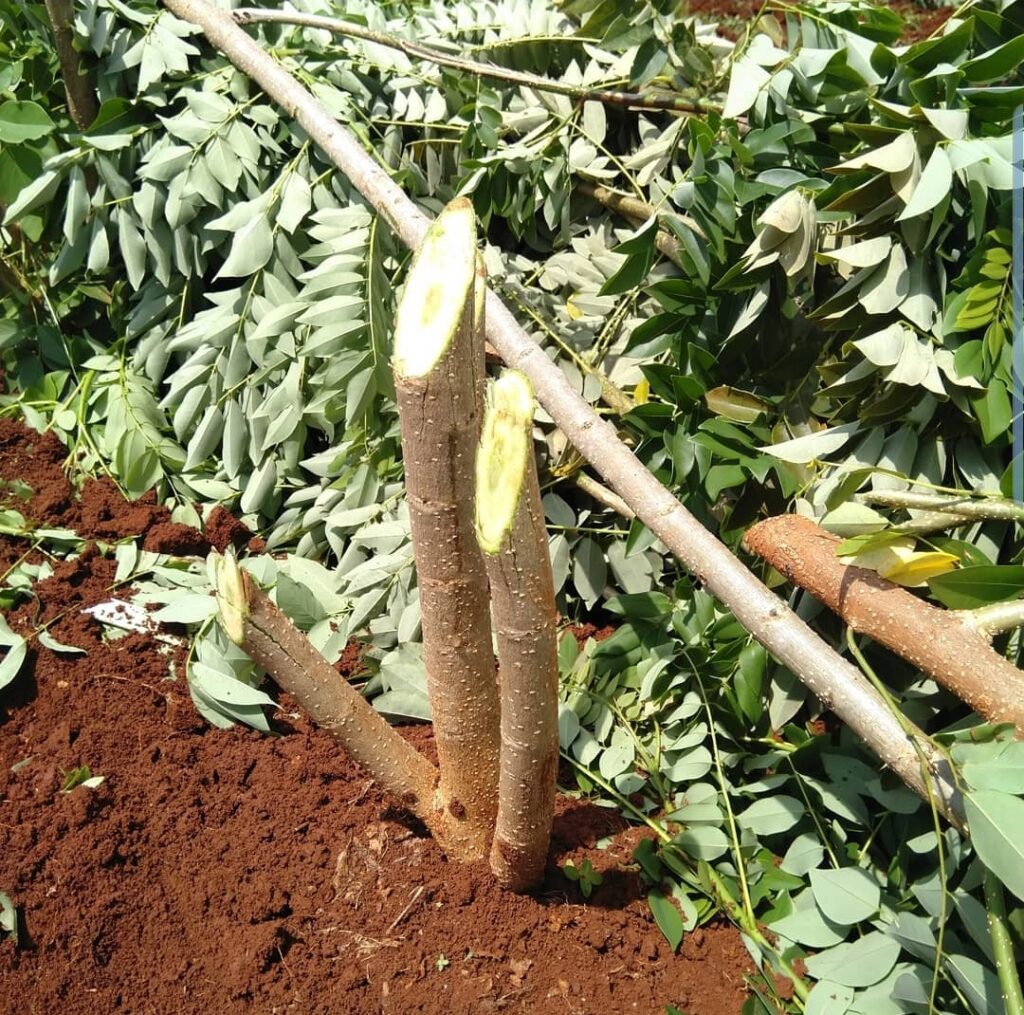Nitrogen-fixing trees are vital for sustainable agroforestry, particularly in tropical regions like Zambia. In light of the challenging climate conditions such as droughts, farmers are looking for sustainable ways to boost their yields and the only way is to plant nitrogen fixing trees alongside crops.
Nitrogen is essential for plant growth, but most plants cannot use nitrogen directly from the atmosphere. Nitrogen-fixing trees partner with specific soil bacteria that form nodules in their roots. These nodules convert atmospheric nitrogen into ammonia, a form plants can use. In return, the plants feed the bacteria sugars through their roots, creating a mutually beneficial relationship.
Importance of Nitrogen-Fixing Trees
Nitrogen fixing trees not only improve soil quality but also provide multiple benefits, including:
- Enhanced Soil Fertility: By fixing nitrogen, these trees enrich the soil, reducing the need for chemical fertilizers.
- Erosion Control: Their root systems stabilize soil and prevent erosion.
- Biodiversity Support: They promote a diverse ecosystem by providing habitat and food for various organisms.
Key Nitrogen-Fixing Tree Species in Zambia
- Acacia: Ideal for arid regions, these trees improve soil fertility and provide shade.
- Leucaena: Fast-growing and versatile, leucaena is used for fodder and firewood, making it economically beneficial.
- Gliricidia: Known for its rapid growth, it serves as excellent green manure and fodder.
- Musangu (Faidherbia albida): This tree is unique as it sheds leaves during the rainy season, providing shade to crops while enriching the soil.
Conclusion
Integrating nitrogen-fixing trees into agroforestry systems in Zambia can significantly enhance agricultural productivity and sustainability.
By improving soil fertility and supporting diverse ecosystems, these trees play a crucial role in fostering resilient agricultural landscapes.
Embracing NFTs not only benefits farmers economically but also contributes to environmental conservation and climate resilience.



Inonge mwela
Kindly advise how I can intercop these trees in my maize field without necessary affecting my maize. Can I plant under the trees as well. Do I need to water them after the rains go
Hope Mkunte
Hi Inonge, these trees do not affect maize at all because they dont compete with it for sunlight or nutrients.
Yes you can play them under a tree and if you plant them in January when it’s raining consistently you don’t have to water them.